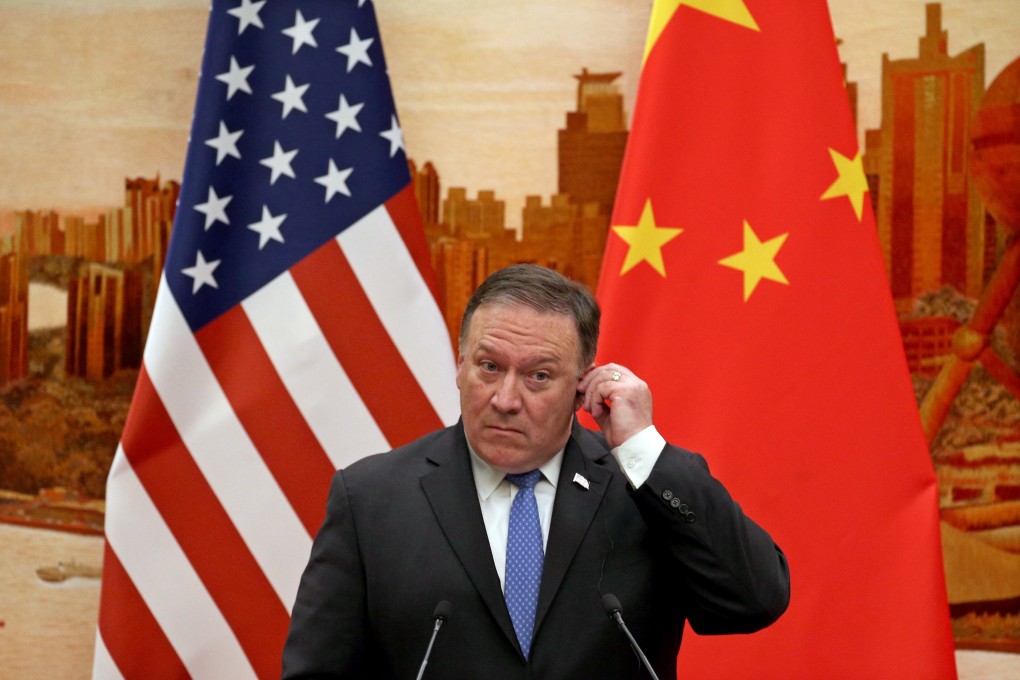Opinion | South China Sea dilemma: how can the US-led movement persuade China to act fairly?
- Amid anxiety about China’s bullying and US commitment, Asean and Quad nations could issue a joint statement calling out Beijing for its ‘unlawful’ activities and demanding a course correction. How China responds would be instructive

However, even the more critical commentators agree that it marks a major punctuation in the troubled US-China relationship, and that a deep policy reappraisal is now embedded in the Washington beltway which perceives Beijing as a security threat. This assessment is expected to be refined by the next White House incumbent, whoever that may be.
In a strong indictment of China’s Communist Party, Pompeo declared: “For too long we let the [Communist Party] set the terms of engagement, but no longer. Free nations must set the tone … Indeed, this is what the United States did recently when we rejected China’s unlawful claims in the South China Sea once and for all.”

02:32
Washington’s hardened position on Beijing’s claims in South China Sea heightens US-China tensions
